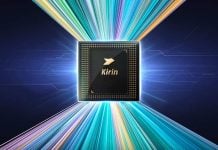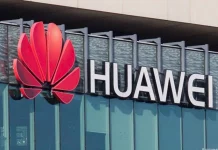HUAWEI MATE 60 Pro
After numerous leaks and rumors, Huawei silently launched the Huawei Mate 60 Pro Smartphone in China. As Huawei’s most important premium series, it has never been so low profile. But the news of the silent sales blew up on the Chinese internet. This is the first time Huawei has brought a 5G phone with its own Kirin chip since it was hit with the ban.
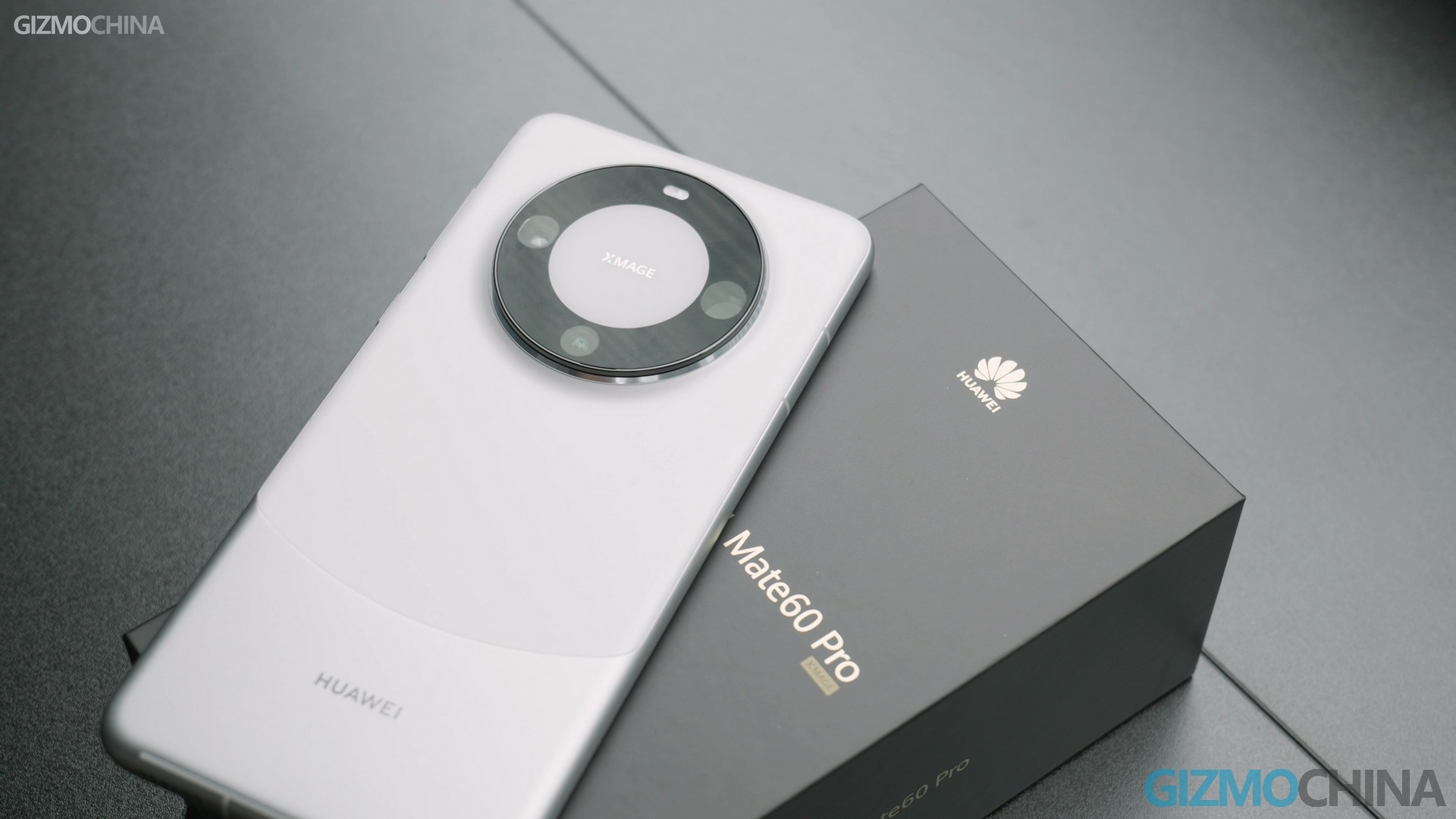
So is this Mate 60 Pro in my hand announcing that Huawei’s high-end phones have broken through all the technological walls and are now completely self-researching and self-producing? Unfortunately, there’s very little information that can be confirmed and we still can’t draw any conclusions yet. But we can still take a look at this Huawei mate 60 pro that’s back on the road and maybe we’ll get some answers.
Today we’ll do a brief unboxing and performance showcase. Later we’ll update the detailed review video, so stay tuned and subscribe to our channel. It really means a lot to us.
Unboxing & Design
The box is also low-profile without fancy details. All we learn from it is that it’s the Huawei Mate 60 Pro, featuring Kunlun glass with good shock resistance, powered by Xmage camera system and Harmony OS. The software is a bit different from those global variants of Huawei phones running the EMUI. Later we will check it out.
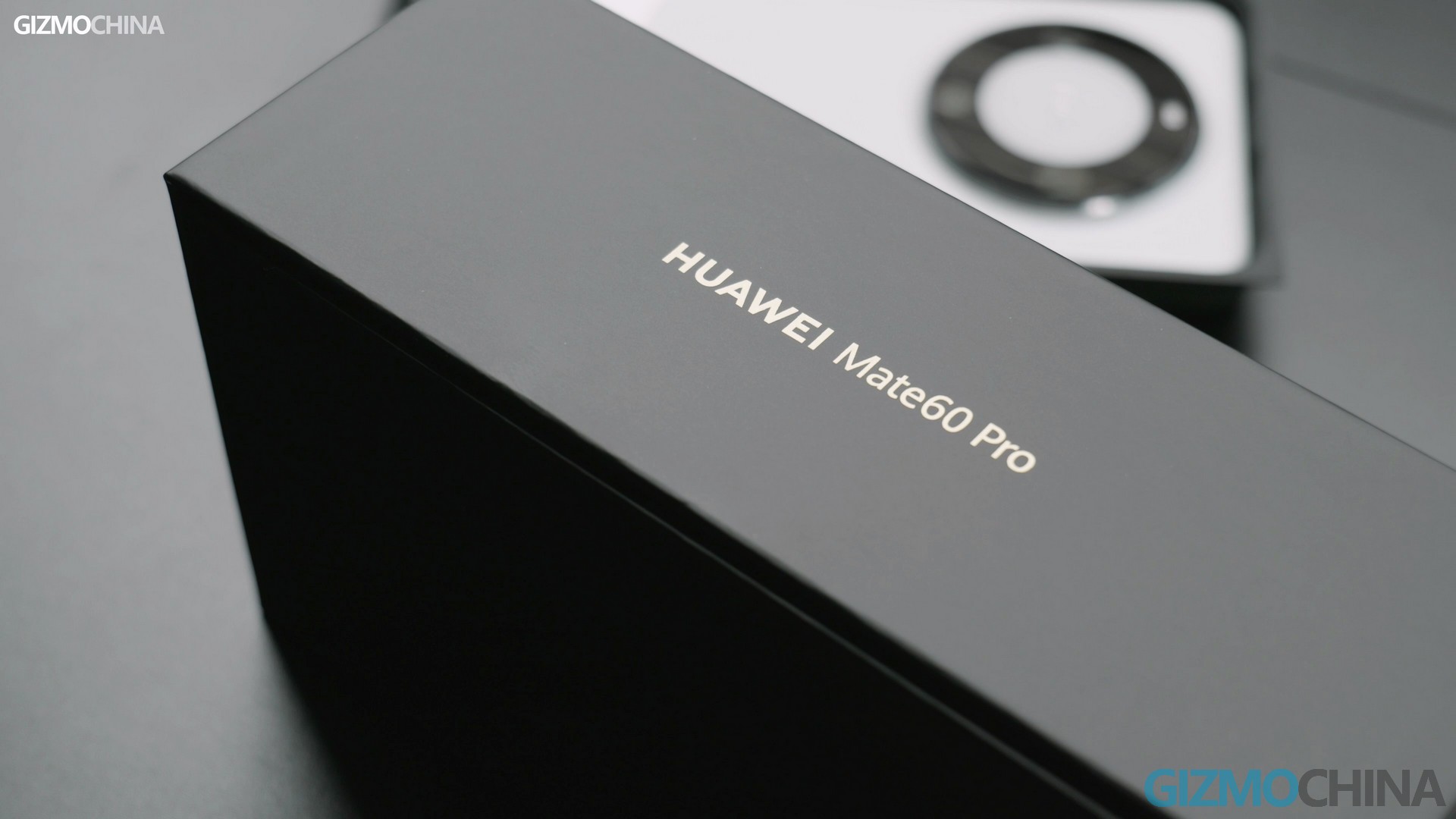
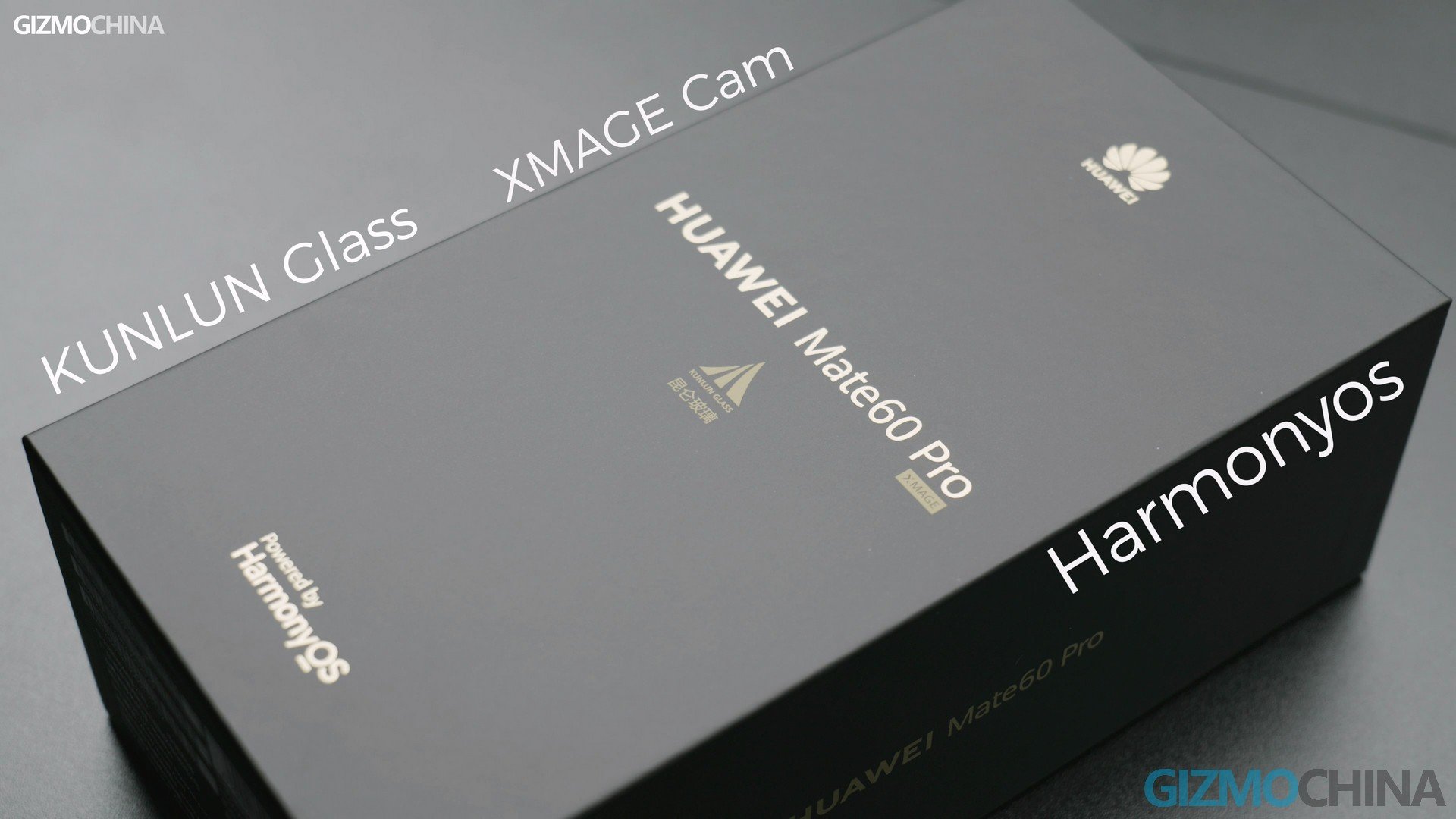
The smartphone bundles high-end features and a circular camera module on the rear side. The 12GB+ 512GB storage variant is retailing via Huawei store in China for 6999 Yuan which roughly translates to $960. Huawei Mate 60 Pro is available in four different color options Green, Silver, Purple, and Black. The model in my hand is the silver variant.
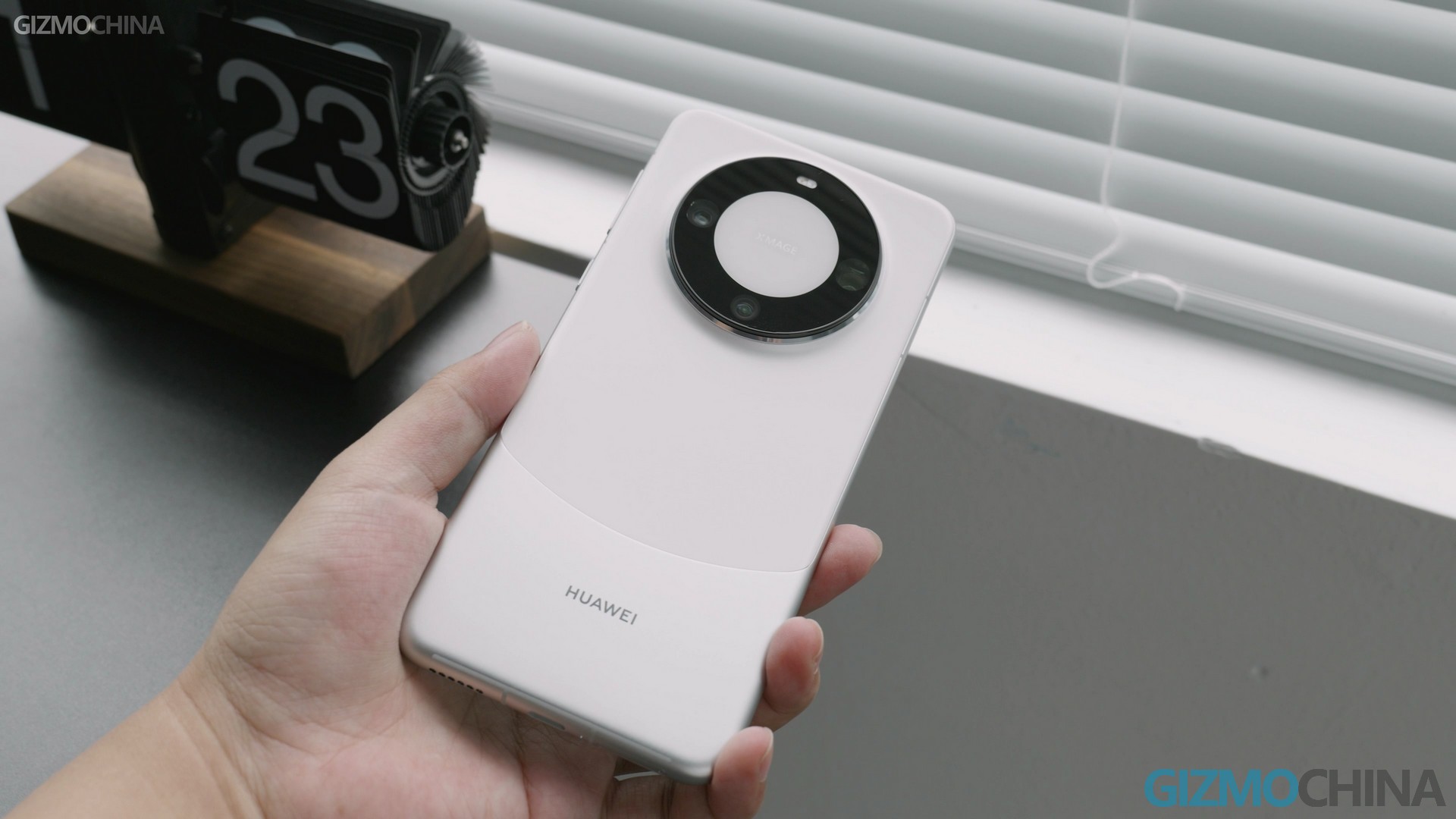
The phone has a unique construction, with a metal unibody that extends from the frame to the lower half of the back, while the upper half is a piece of shock-resistant Kunlun glass with a matt finish. The overall stitching transition is wonderfully done.
The camera island returns to the classic Mate 40 series design. Personally, I think it’s the best appearance design language from Huawei. I’m happy to see this big ring coming back in Huawei’s returning work. At the center, it’s the symbol of Huawei’s proud Xmage camera system instead of Leica logo.
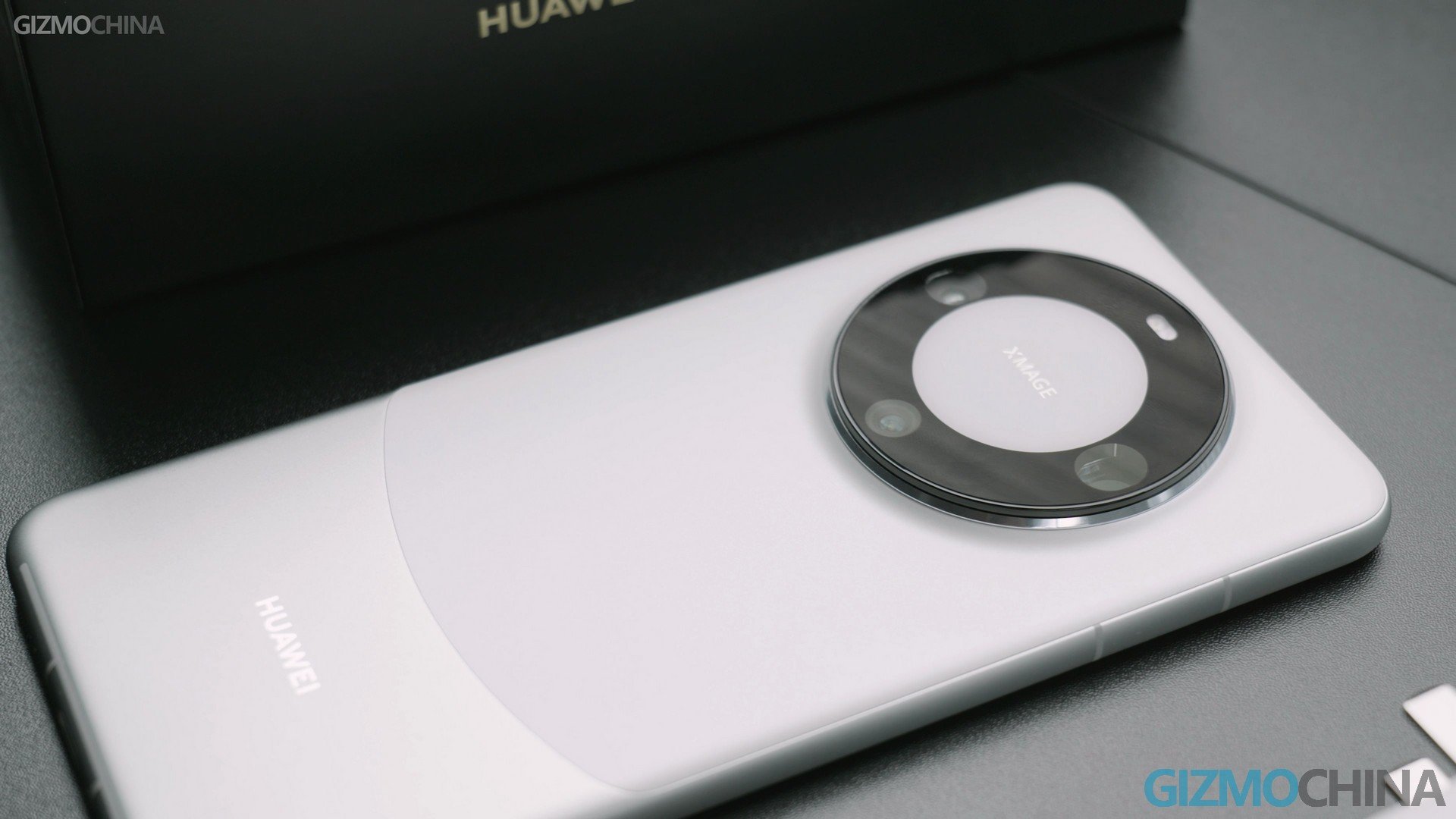
Cameras – XMAGE System
It houses a triple-rear camera module featuring a 50MP primary sensor with OIS capability, a 12MP ultrawide sensor, and a 48MP telephoto OIS lens that supports 3.5x Optical zoom and 100x digital zoom. The rear camera supports variable aperture. The XMAGE camera system supports Super Night Mode, Super Macro, Macro PiP, Pro Mode, Slow Motion, Multi Camera, and AI photography mode. Further, it includes a 4D predictive focus tracking for fast capture.
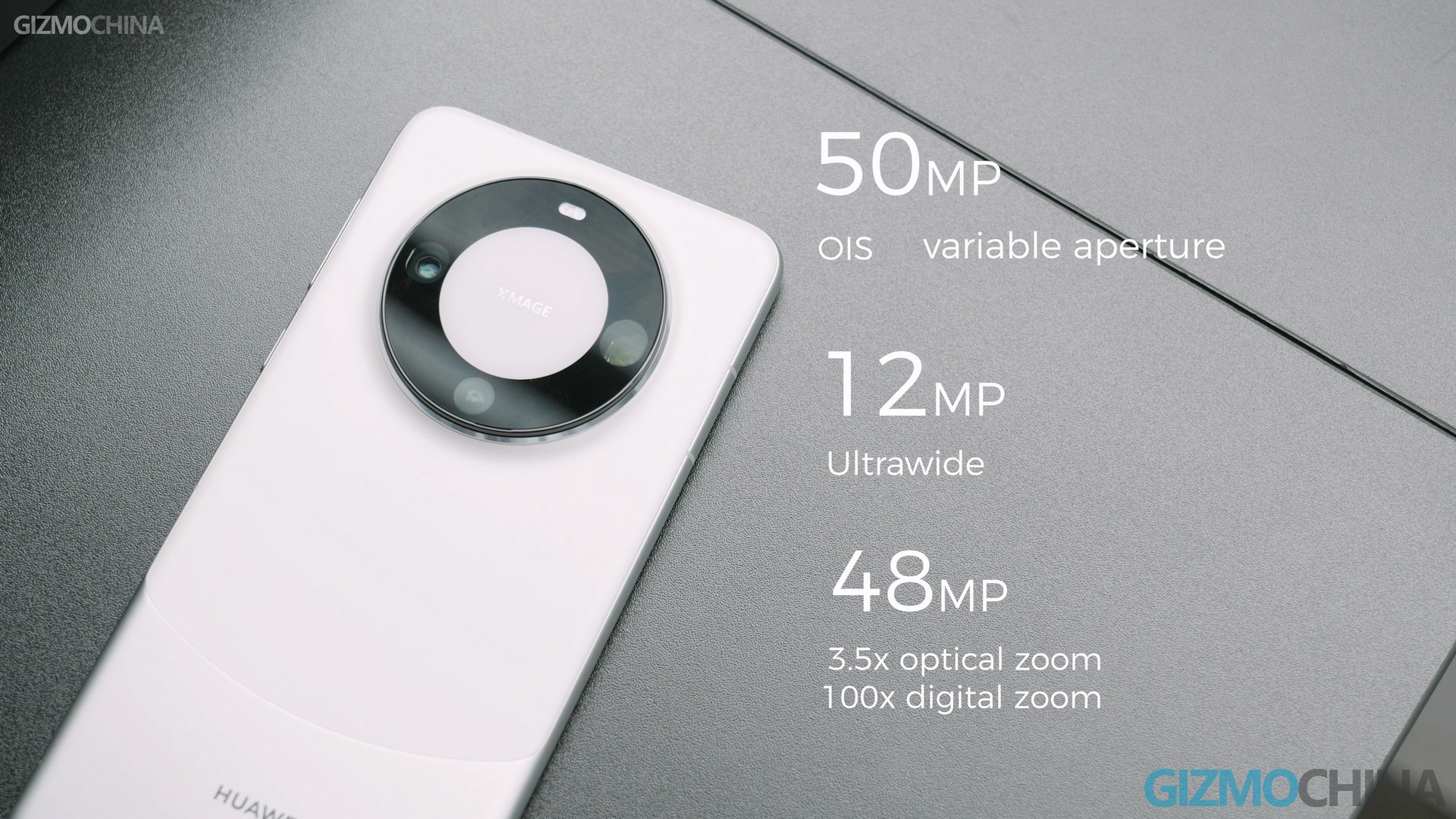
Now turn it over and there’s a 13MP camera with HDR support for selfies and video calling. Actually, it got triple punched holes with a 3D depth lens featuring 3D face recogniiton. But visually it supports custom effects like what we’ve seen on iPhone’s Dynamic Island. The display is a bit wider than most flagships, but its well-built gentle edges make it still comfortable to hold.
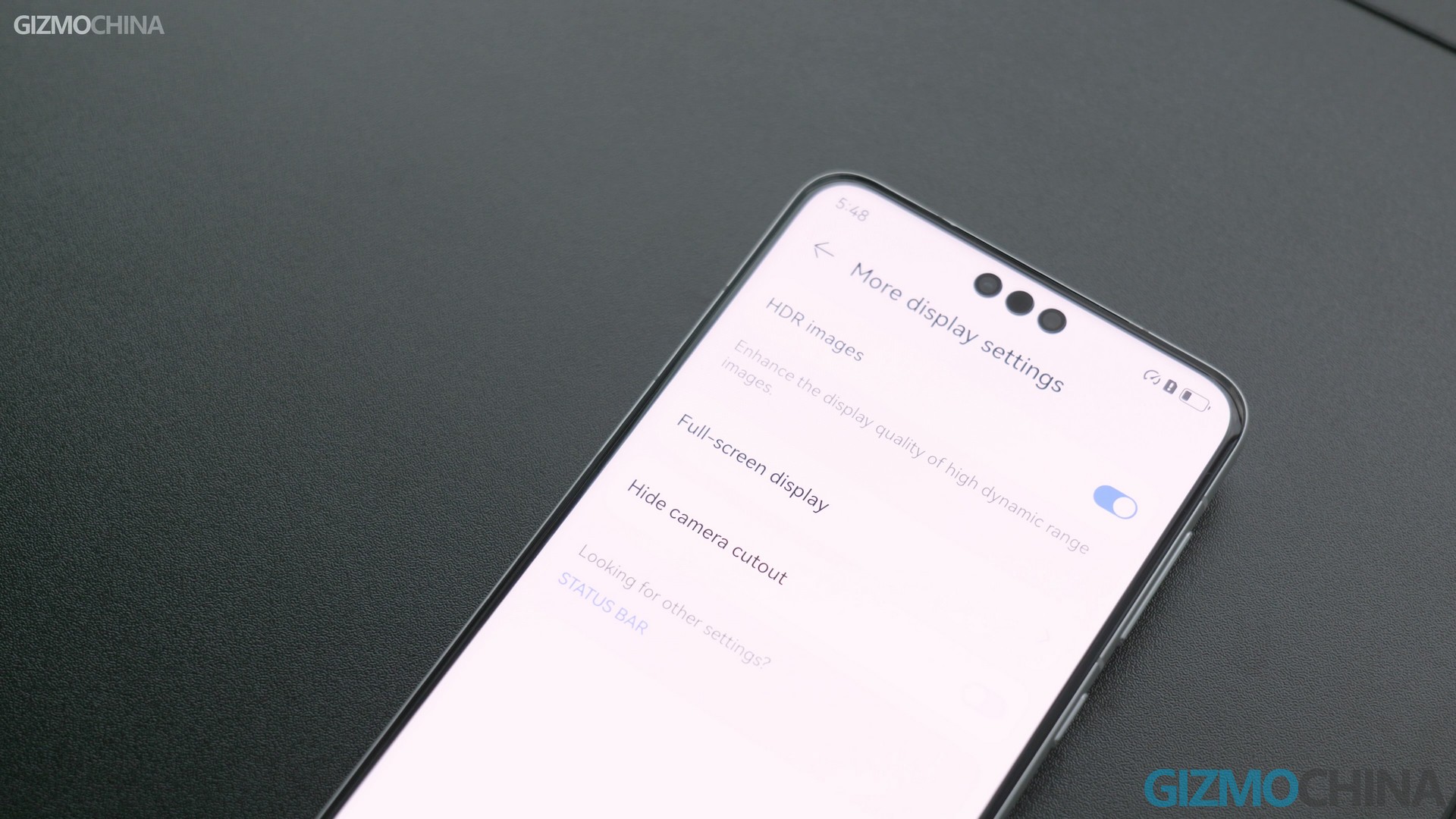
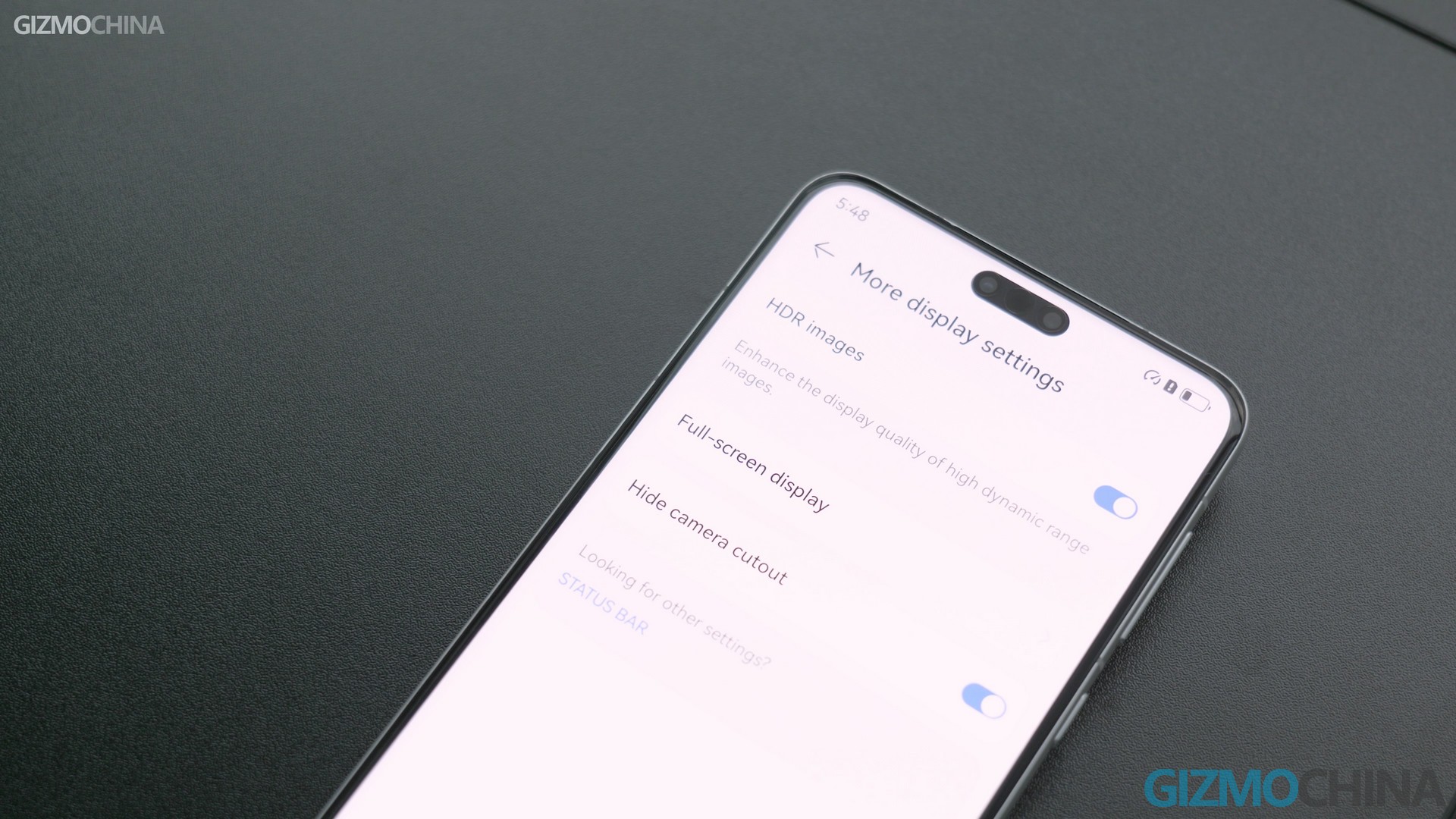
While it only has one speaker on the frame, it can utilize the earpiece opening above the front camera to construct stereo sound. There’s no headphone jack, but infrared remote and NFC are well-supported.
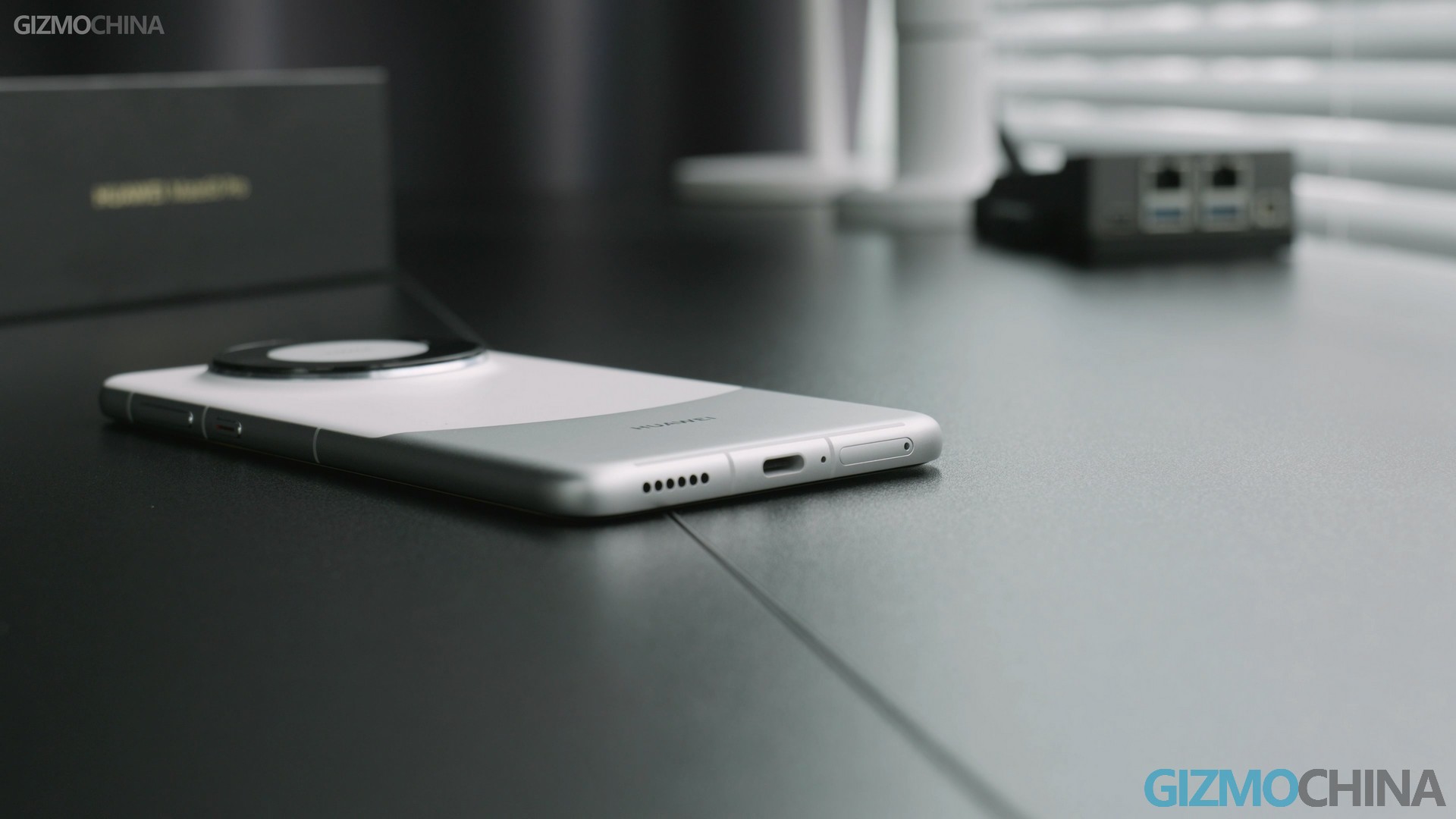
Display
The front face is a 6.82-inch OLED LTPO display with 120Hz adaptive refresh rate and 1440Hz PWM dimming. The resolution is great and visually it’s pretty sunning with a wider size. It is well-protected with Huawei’s shock-resistant Kunlun glass.
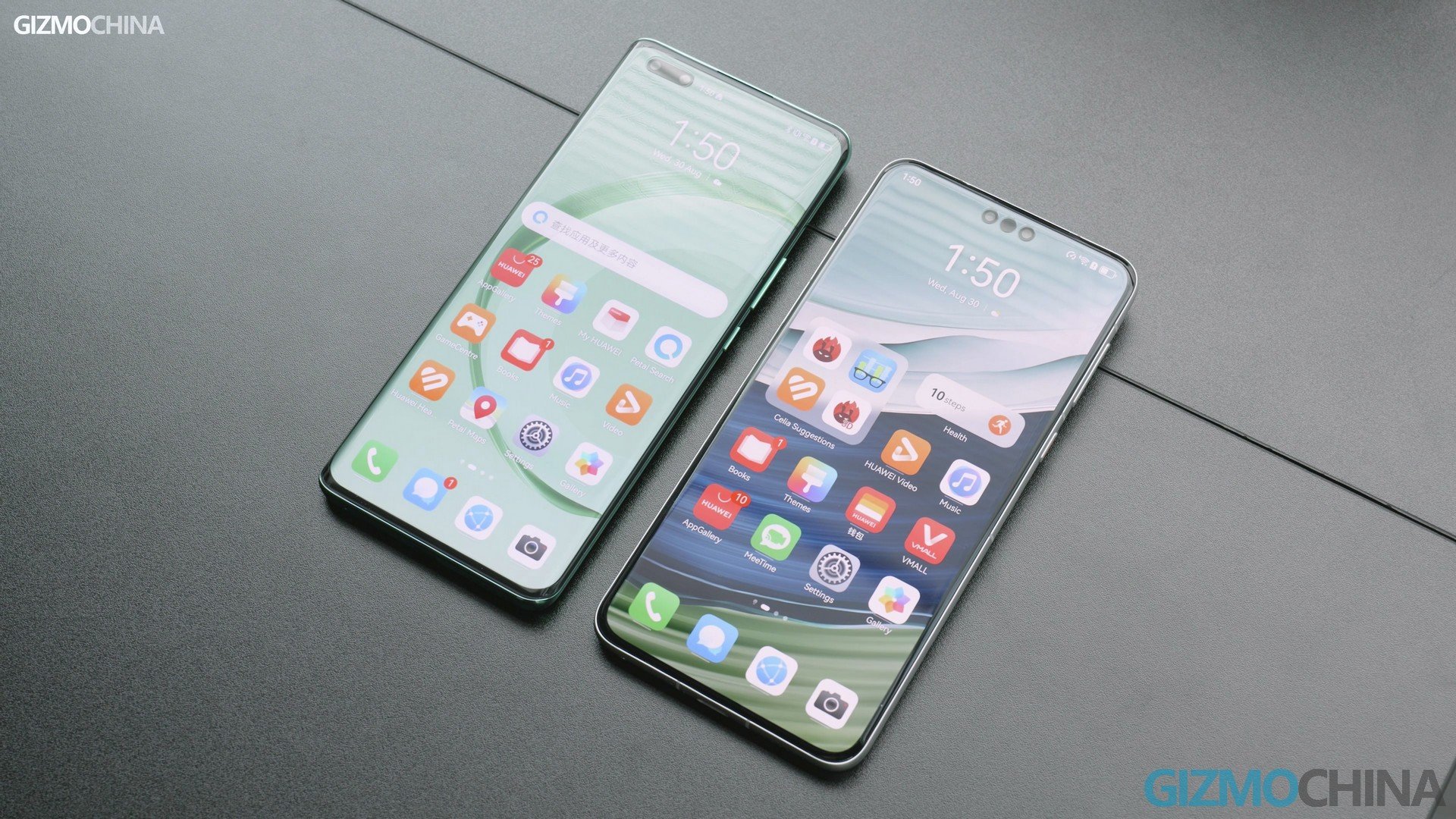
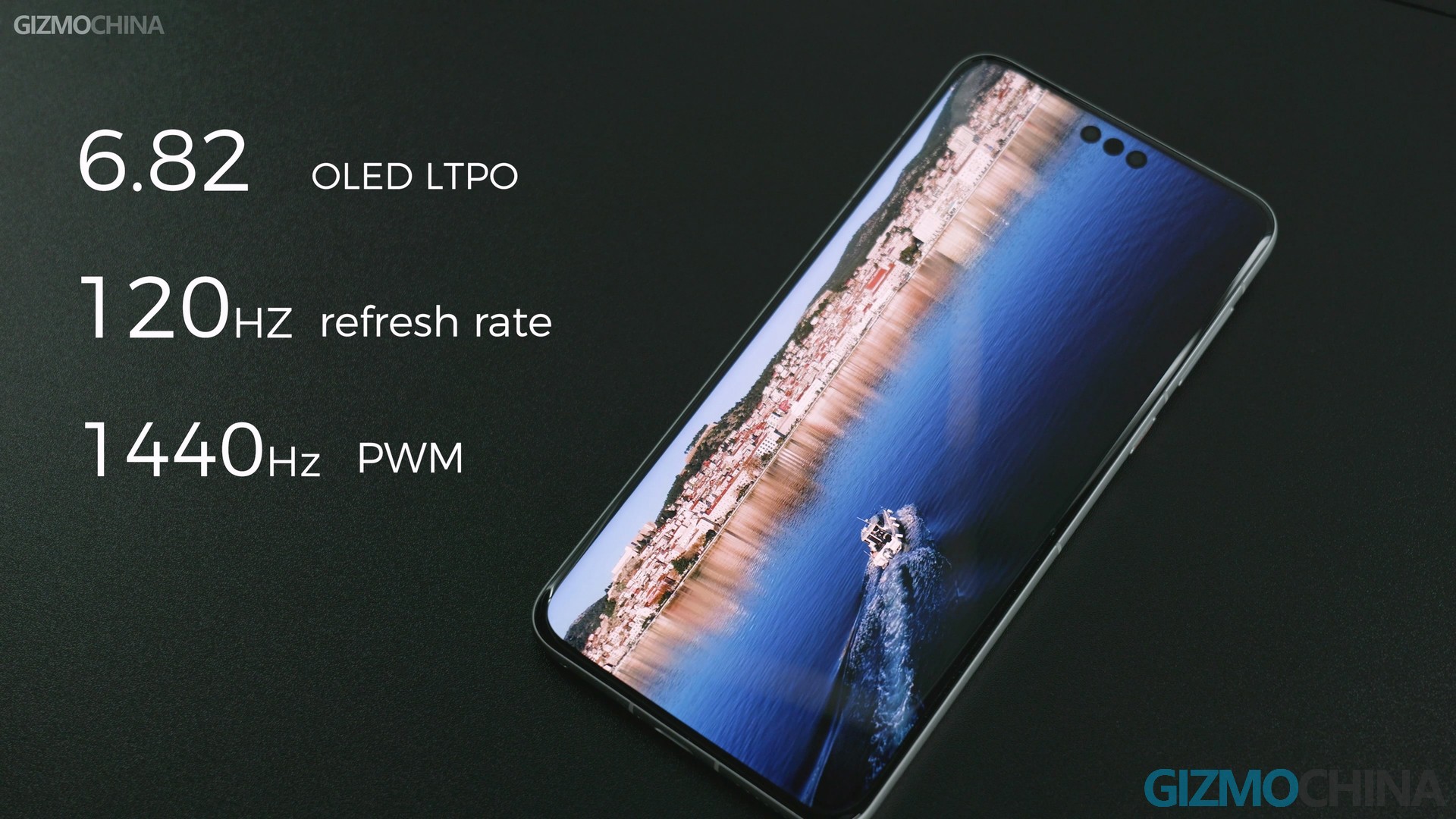
As we mentioned before, the phone now supports 5G network. I’m not sure if it’s available in other regions since we couldn’t find any official info about it. But here is our test in China. The data flow looks pretty good, so you can still trust Huawei phones to excel at signaling.
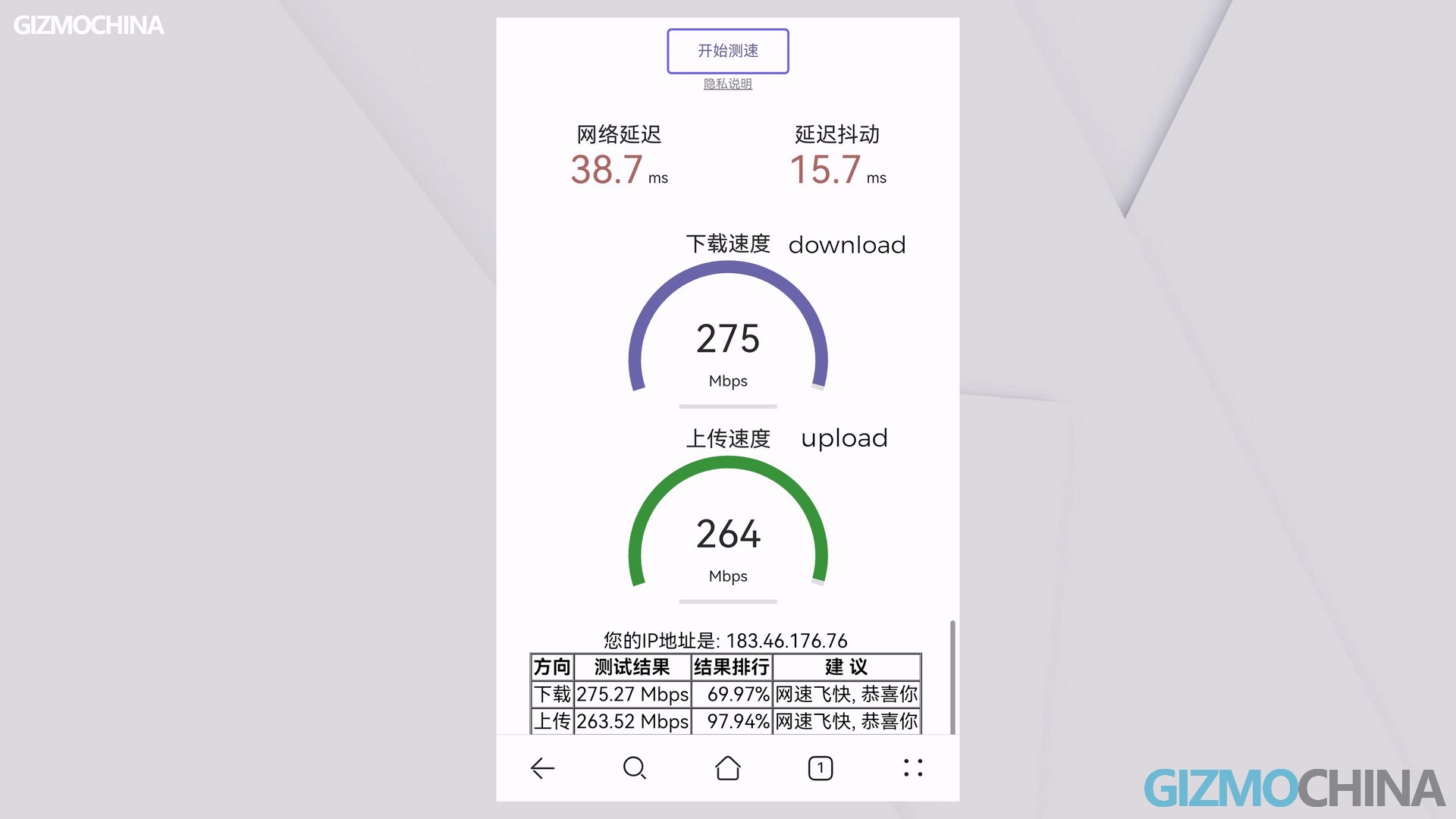
Software
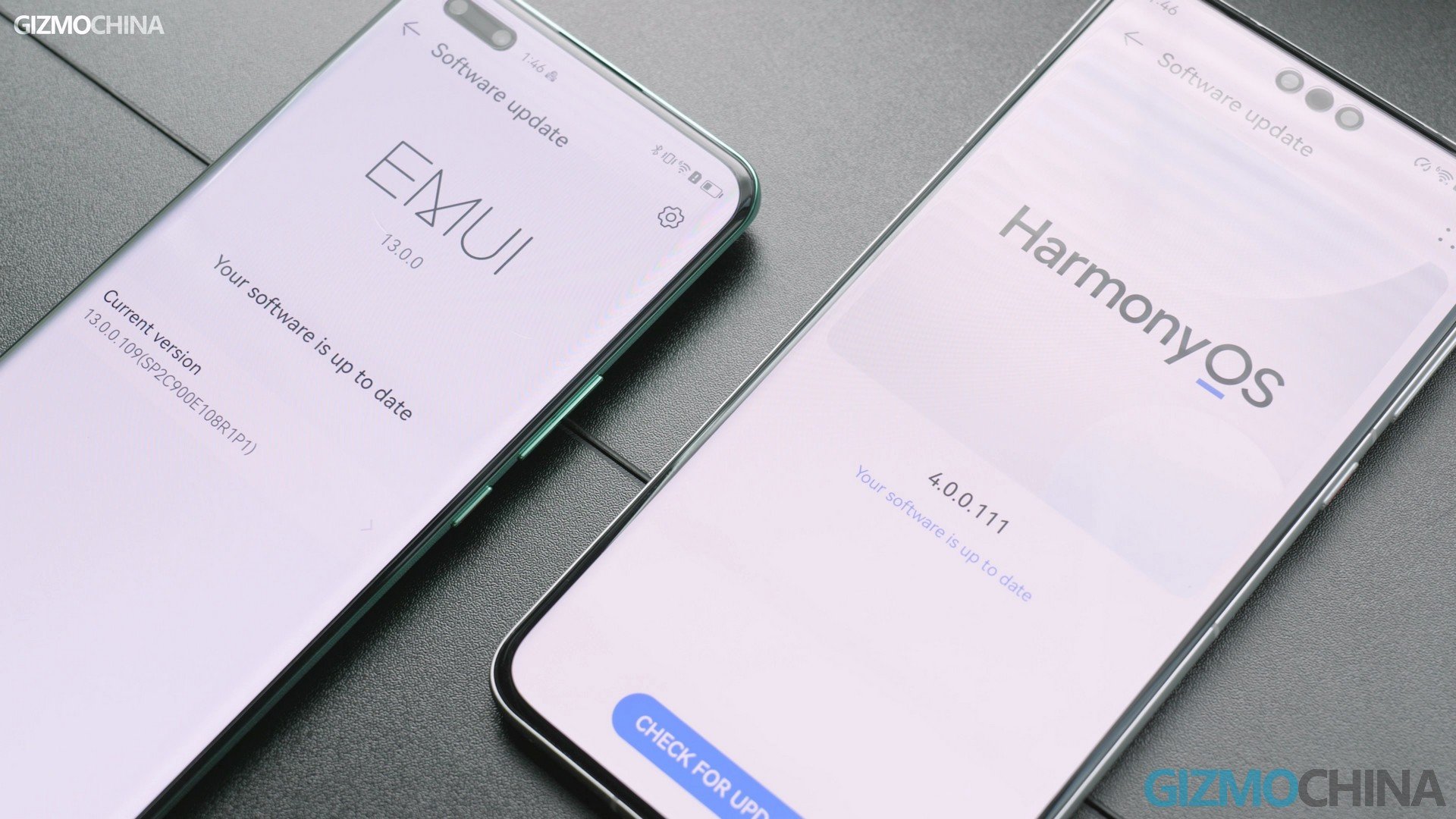
Now look at the software, the Harmony OS 4, which is a new operating system developed by Huawei as an alternative to Android. It’s really not significantly different from EMUI over daily experiences, such as the same UI and no Google services. But the Harmony OS is said to be faster and more responsive due to its distributed architecture, which might make it a step up from EMUI over performance, battery life, and security.
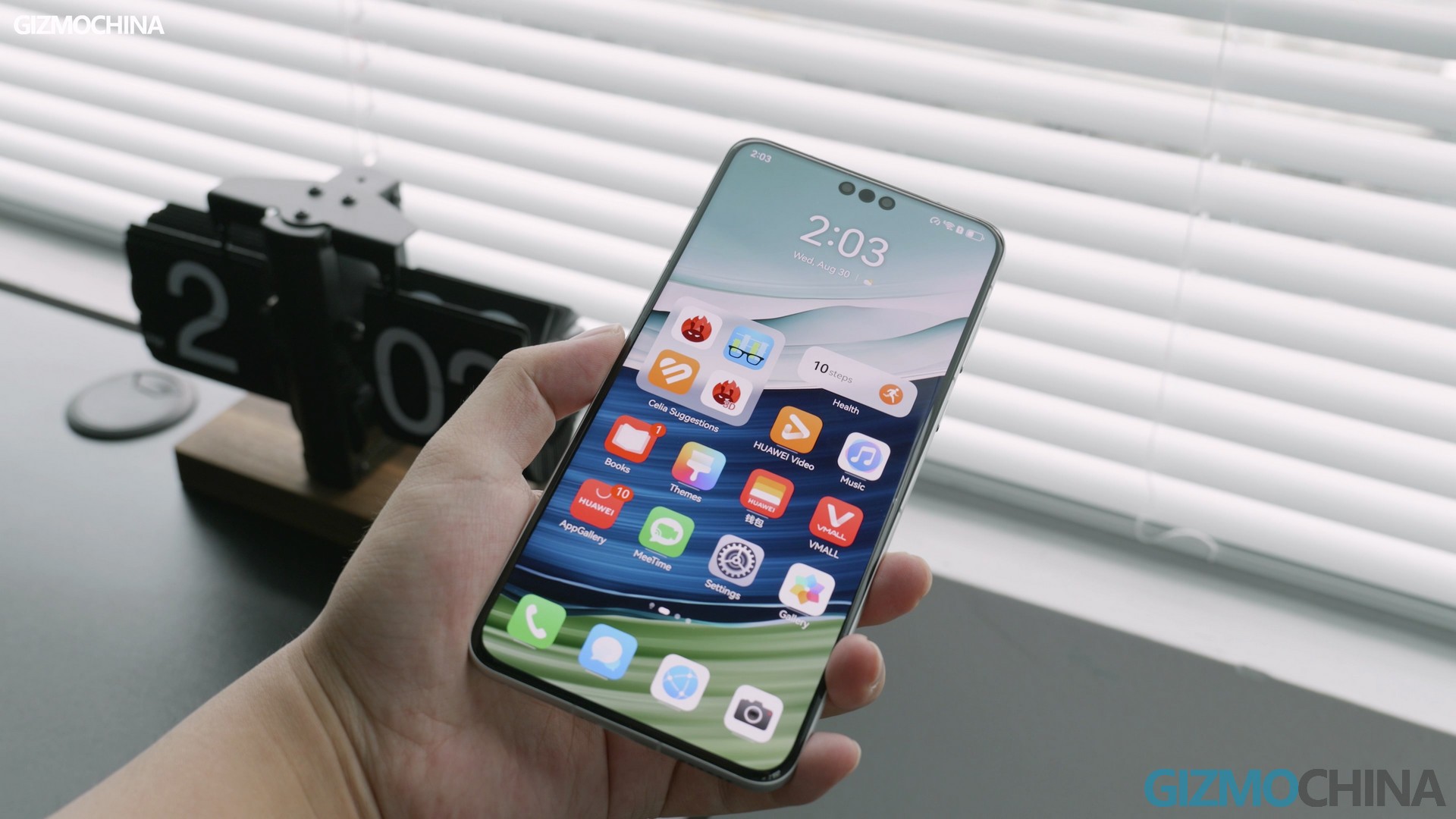
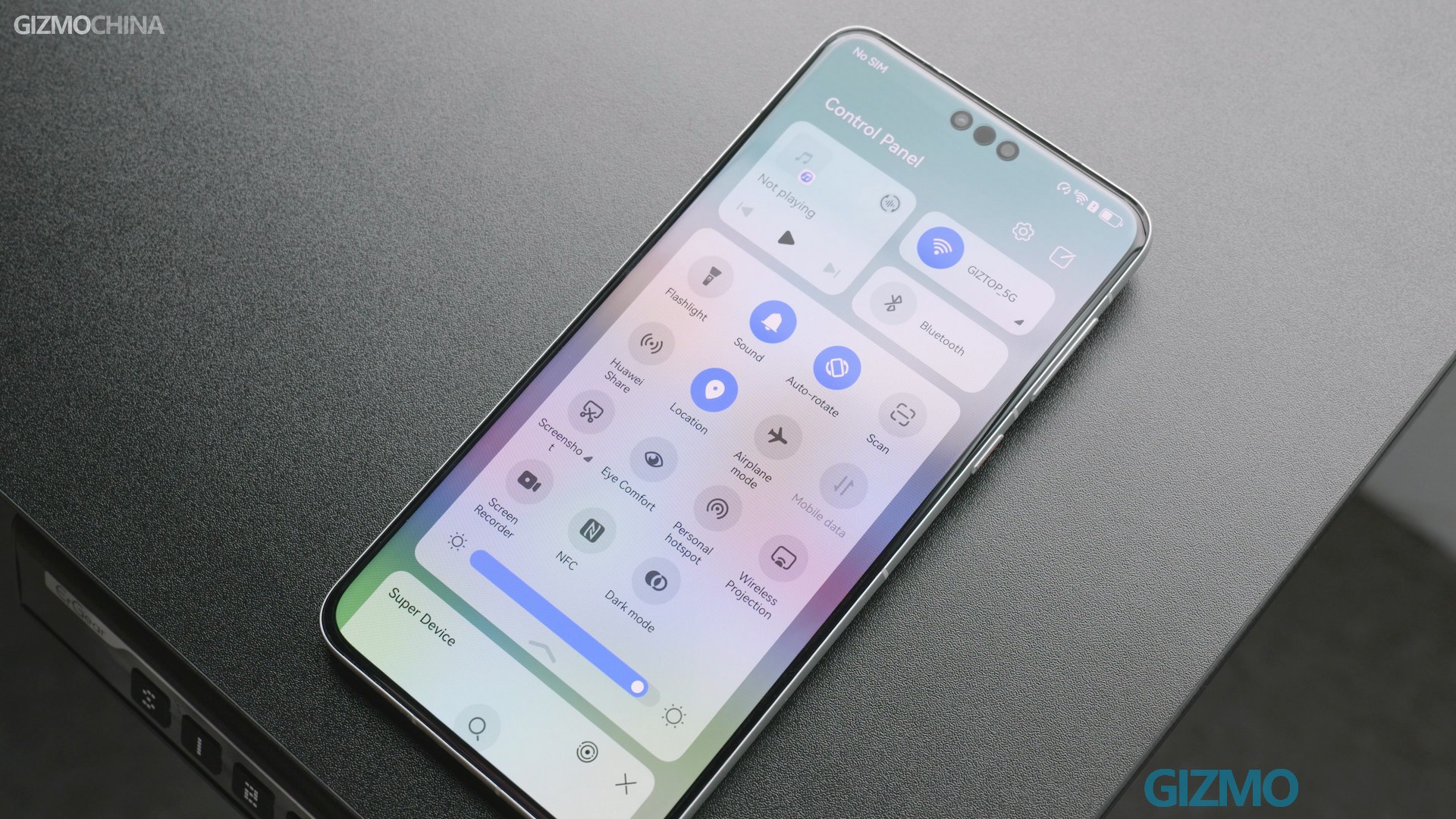
One more feature that we could only have with the China variant is satellite calling. But by far it’s only available to China Telecom users with a dedicated satellite plan or SatLink users. In the following review video, we will try to show you more about how it works.
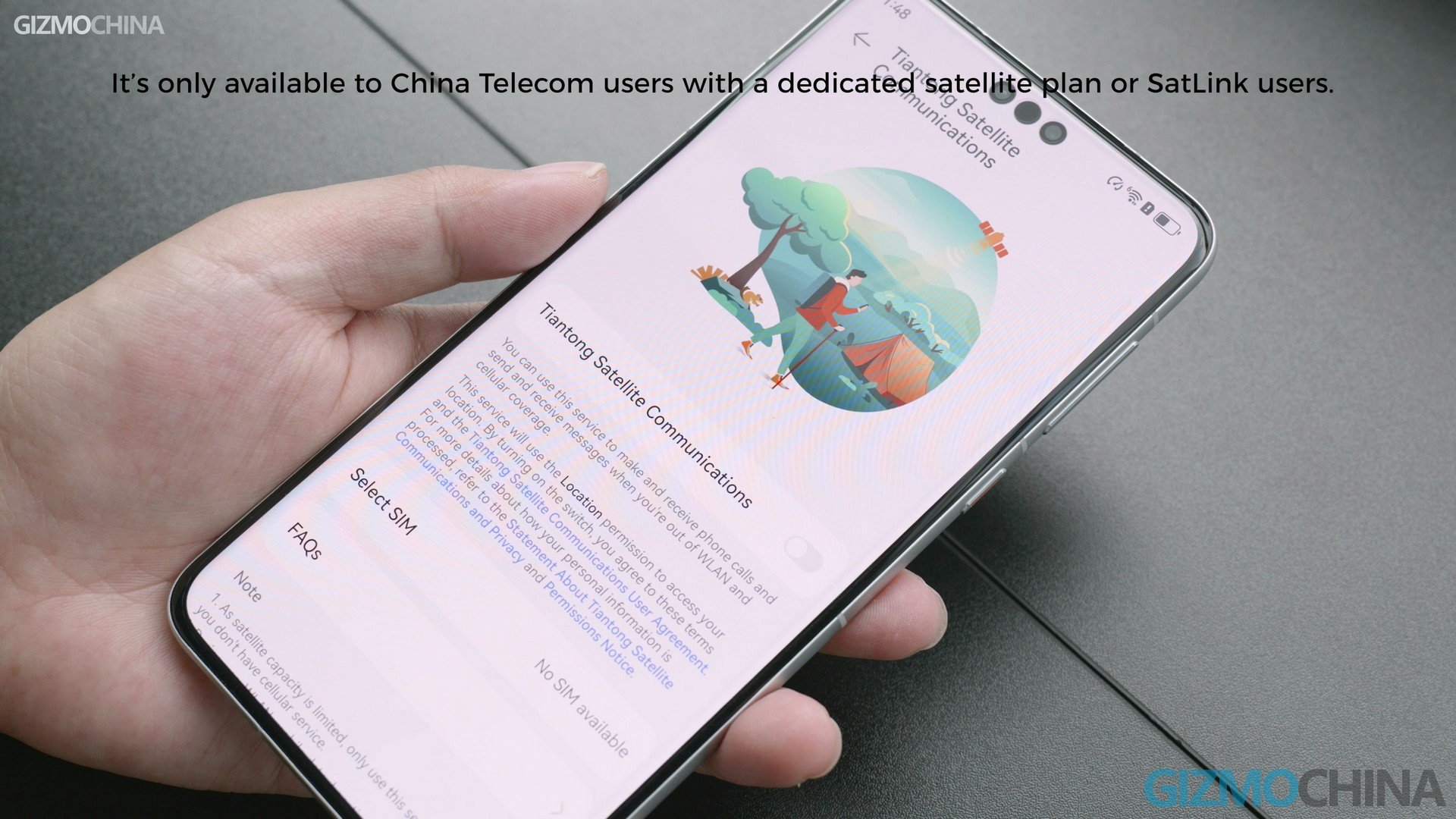
Kirin 9000s Chipset
As for the most talked about performance aspect, to be honest, the new Kirin 9000s isn’t able to match this year’s flagship chipsets such as the Snapdragon 8Gen2, which is probably closer to the Snapdragon 870’s level. So it’s not much different from the Kirin 9000 released 3 years ago. But this is already a great success for Huawei. And it seems likely that they’ve managed to find an alternative foundry to TSMC in mainland China at this point, while finally bringing mobile chip production to the mainstream level. I’m sure this will cause a lot of shock and concern in the industry.
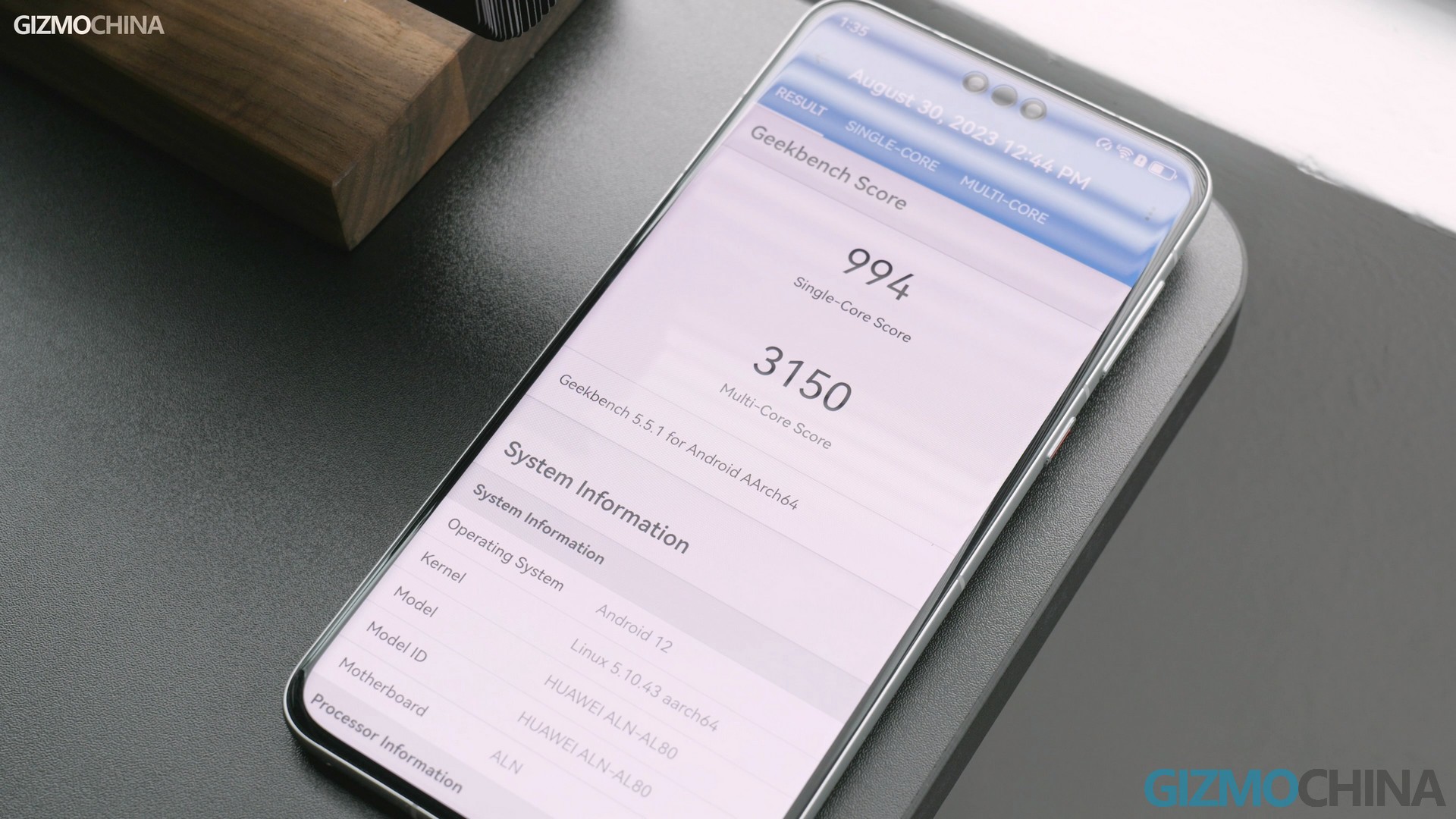
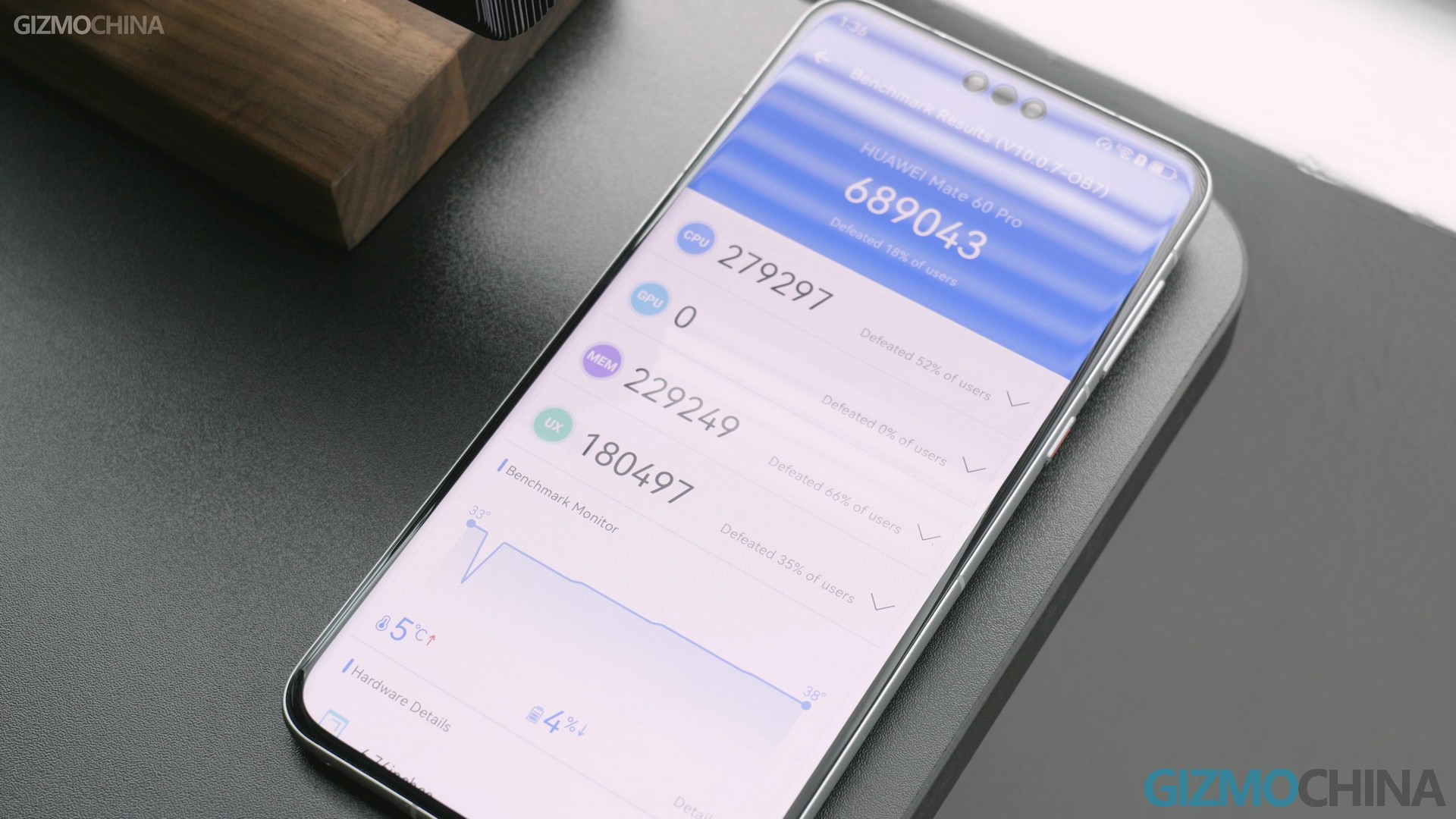
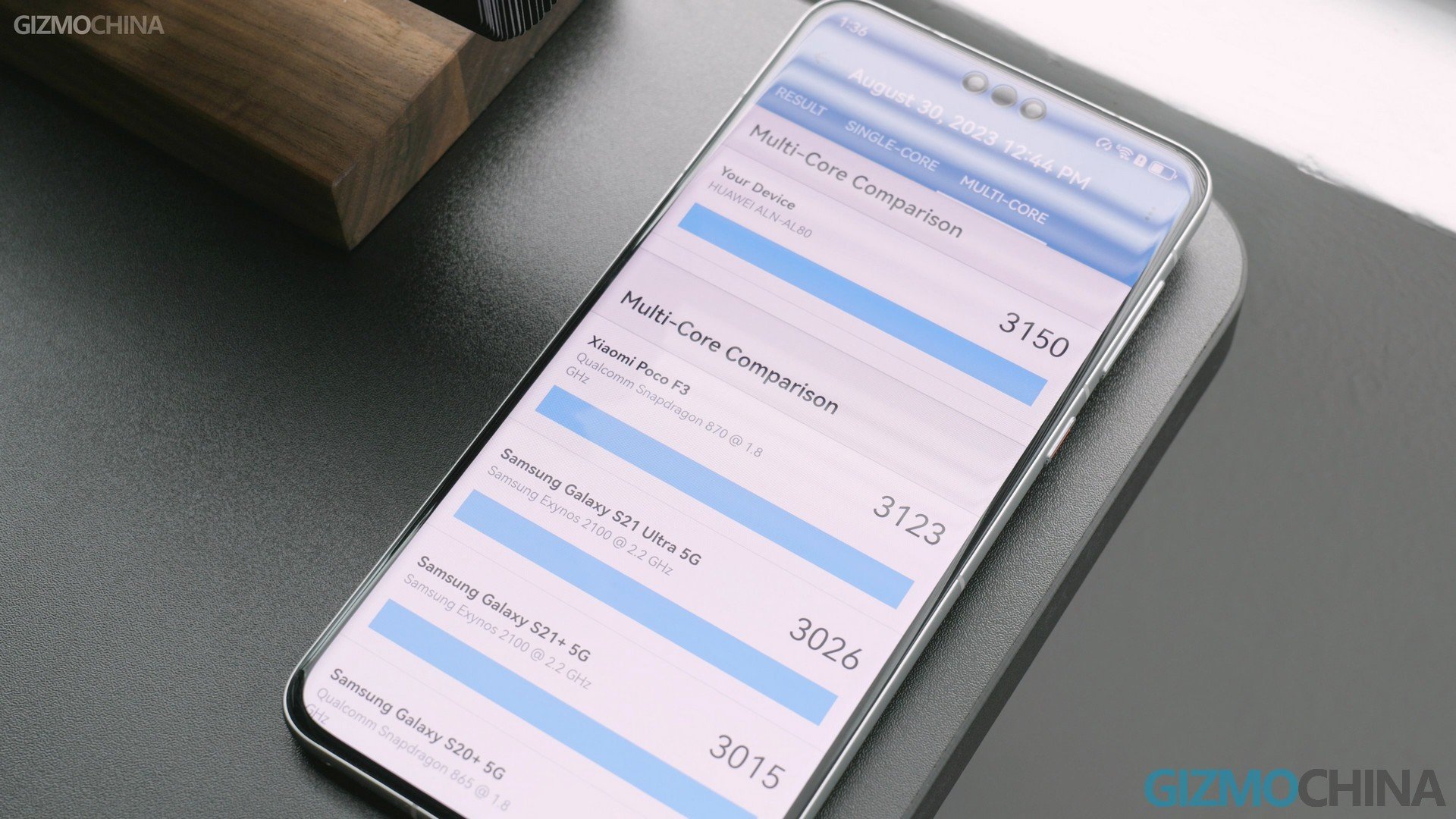
Battery & Charge & Other features
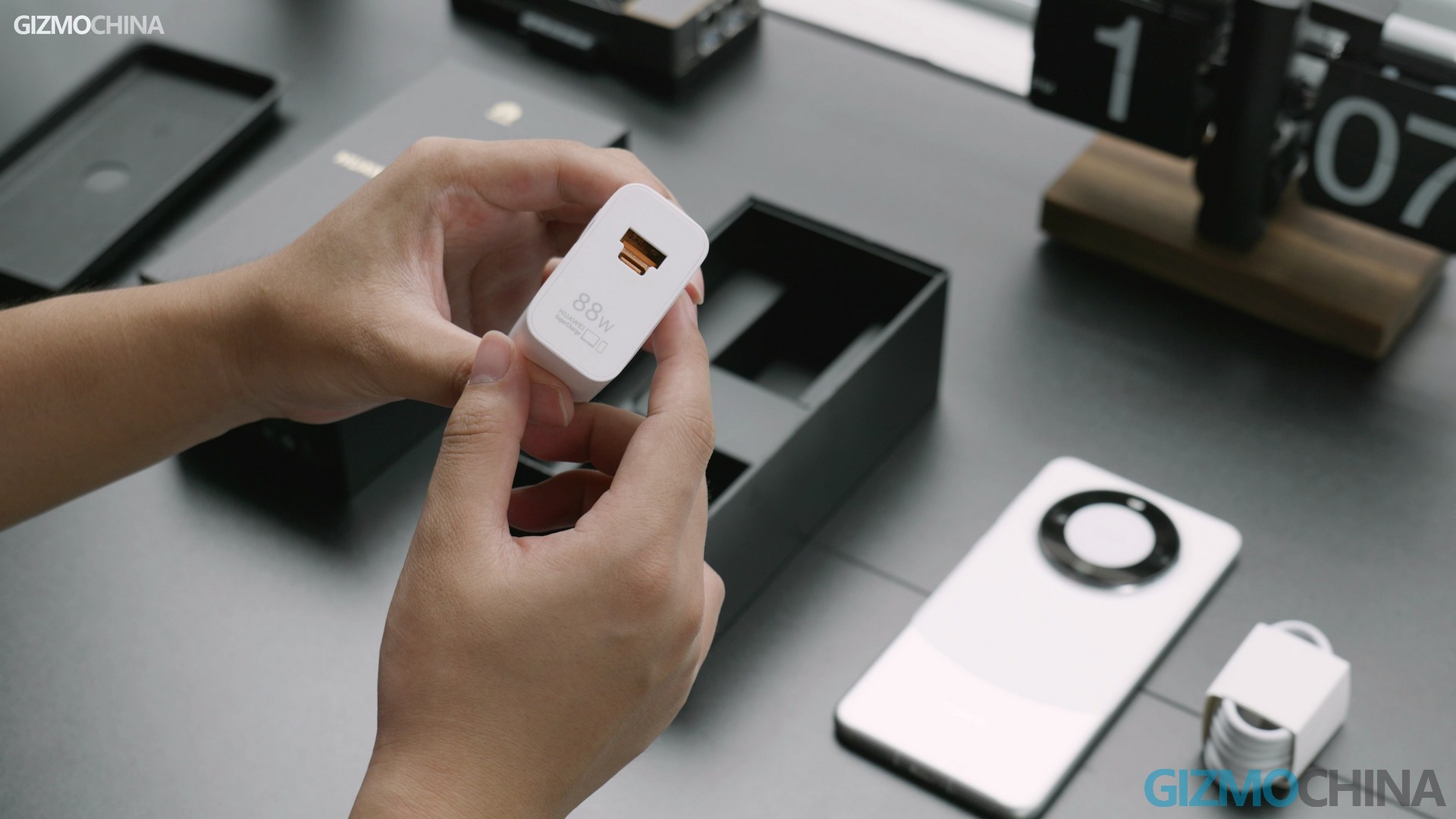
The Huawei Mate 60 Pro comes with a 5000 mAh battery that supports up to 88W fast wired charging, 50W wireless charging, and 20W reverse wireless charging. It features an IP68 rating, which means it will be waterproof up to a depth of 1.5 meters for 30 minutes, and is protected from dust. – all these protecting features are without the need for extra cases or covers.
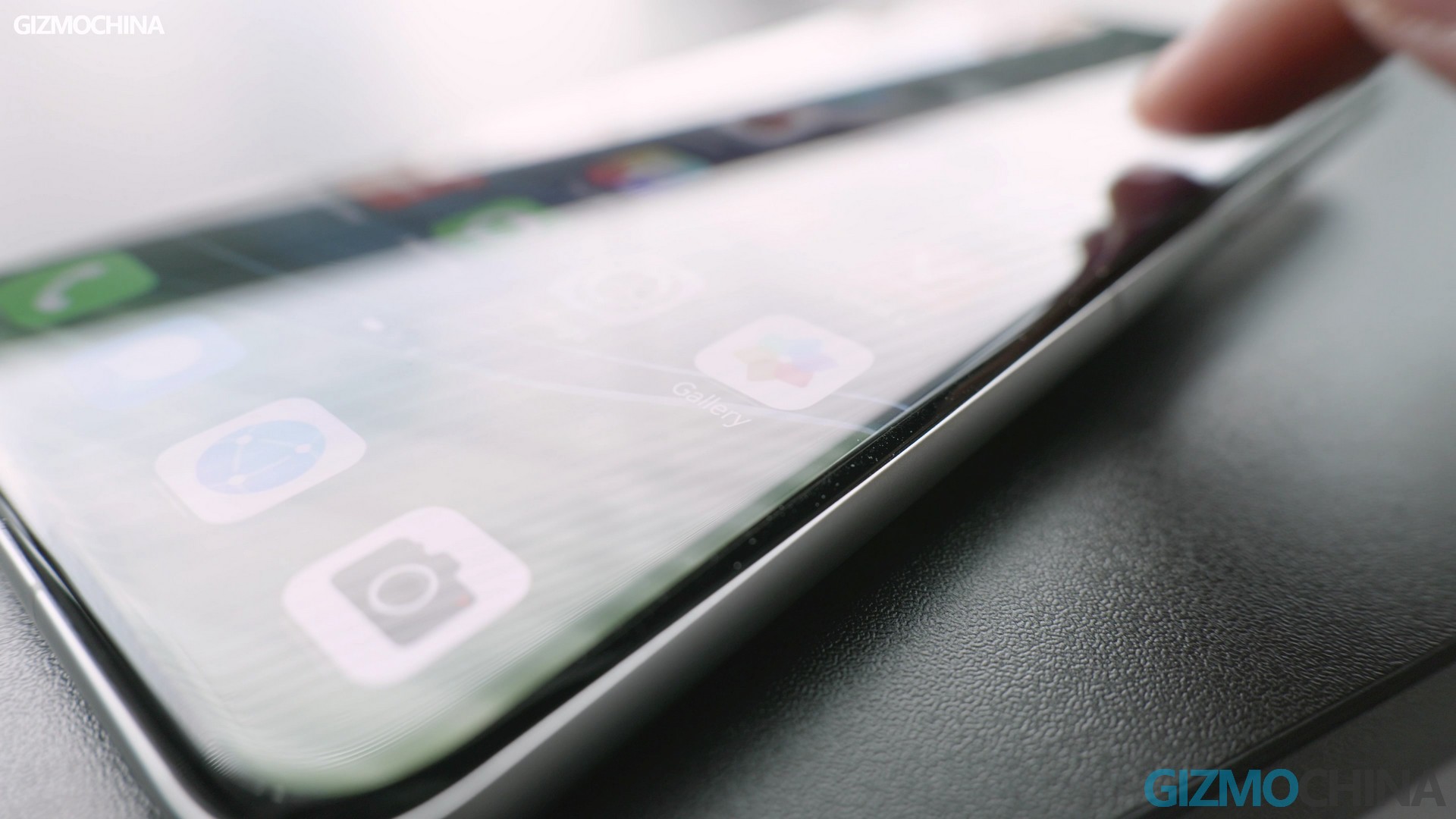
Full Review Coming soon
The Mate 60 Pro will likely be a milestone for the brand. The challenges it has faced in the global market may not go away, but this step has surprised a lot of people. We don’t know the reason why Huawei silently put the Mate 60 Pro on the shelves yesterday, maybe they are planning something big. Anyway, we still hope that the market can stay competitive and no player sleeps in peace.
We can’t wait to review this phone in depth. So please stay tuned and keep subscribing to our channel.



